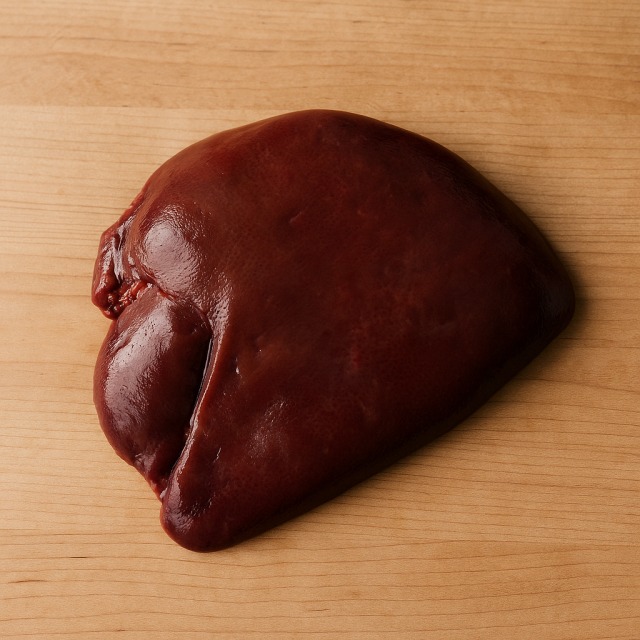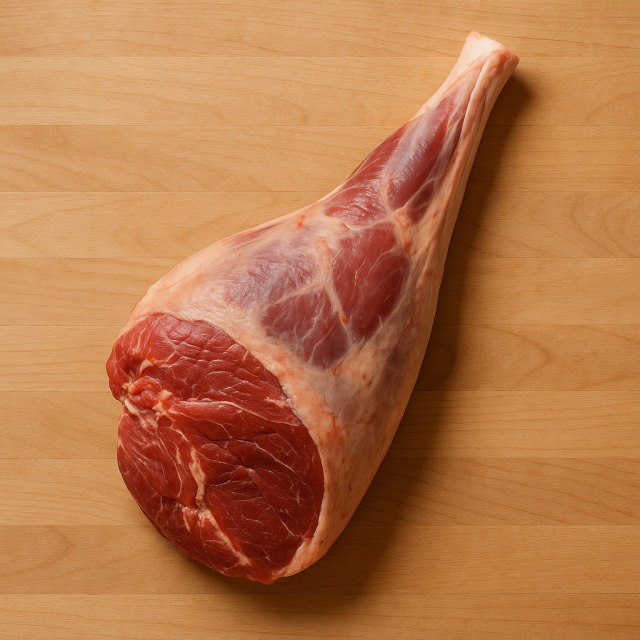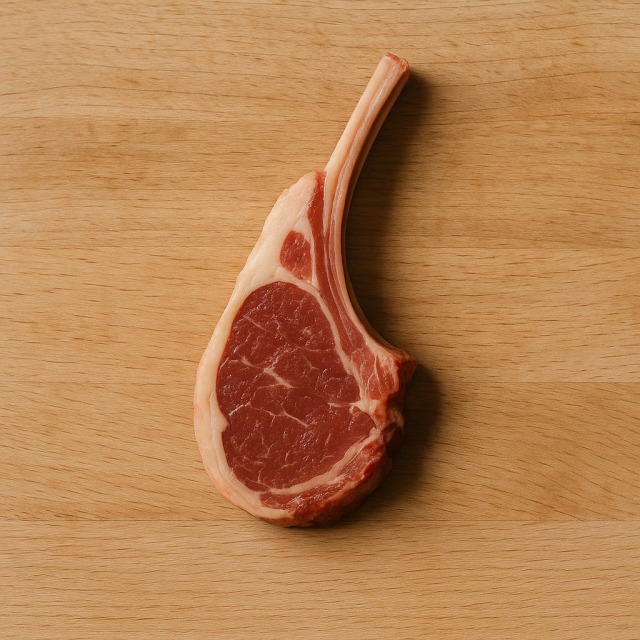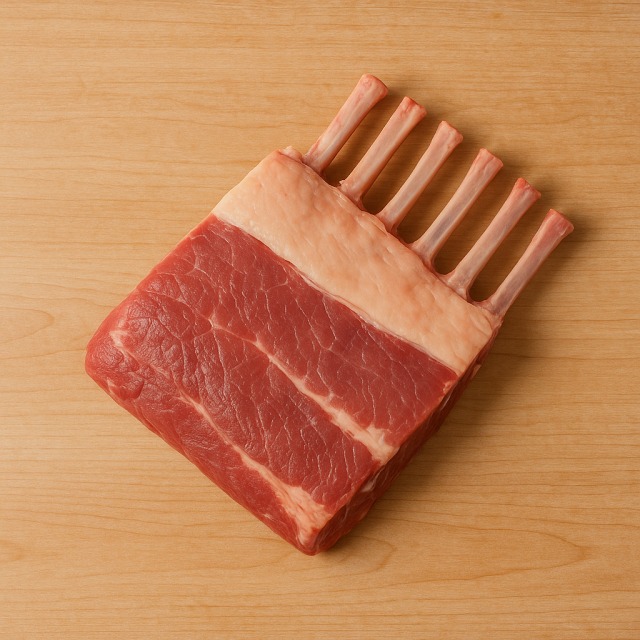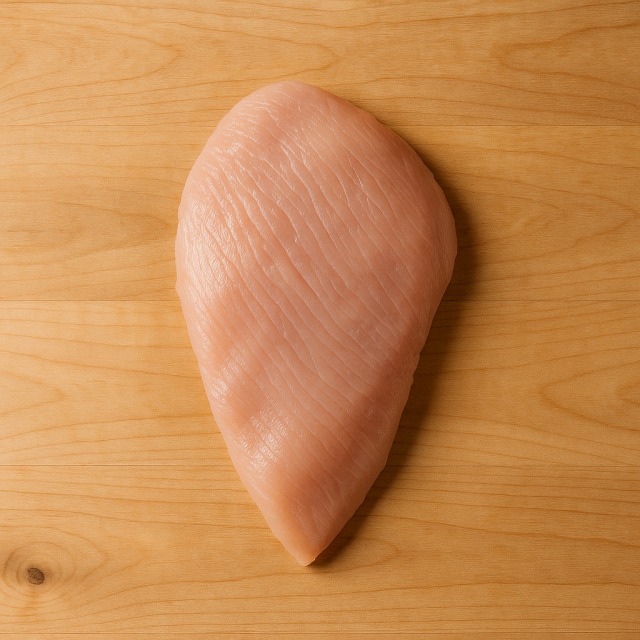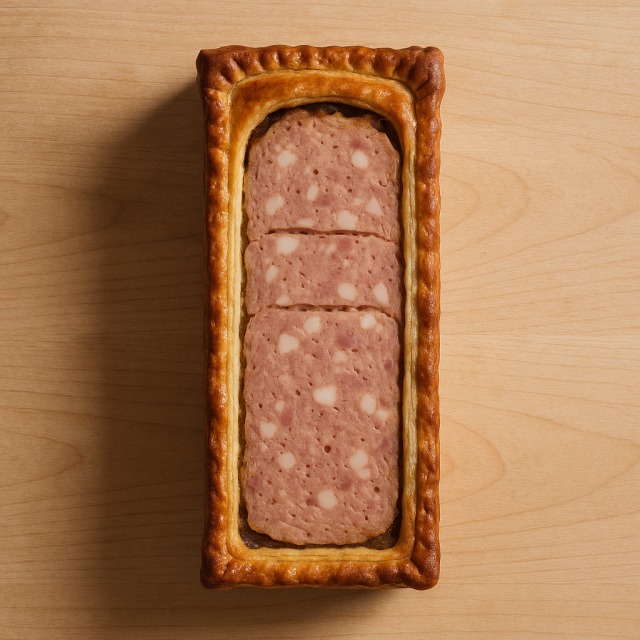Calorie Chart / Meat & Eggs / Lamb shoulder
How Many Calories Are in Lamb shoulder?
Calculation of the nutritional value & Recommended Dietary Intake of lamb shoulder
For g and a calorie requirement of kcal
| Calories 434 kcal | Proteins 24 g | Lipids 38 g | Carbohydrates 0 g |
| 22% | 32% | 57% | 0% |
Health benefits of lamb shoulder
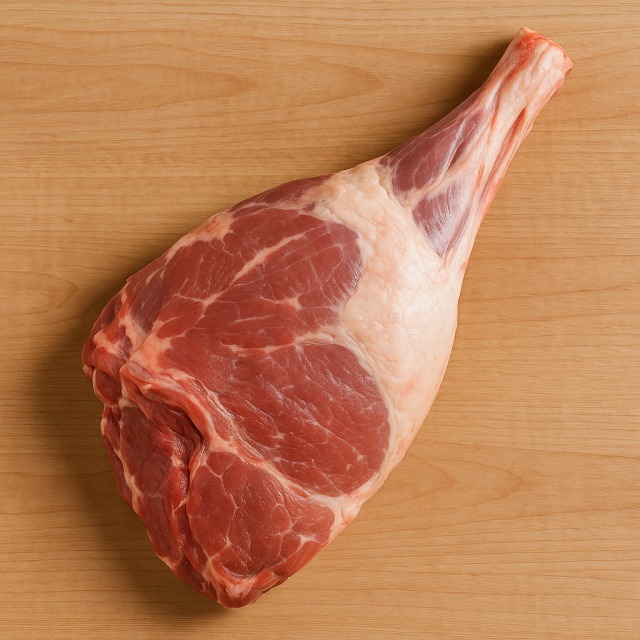
Lamb shoulder - 100g
Calories 289 kcal
Proteins 16 g
Lipids 25 g
Carbohydrates 0 g
Lamb shoulder is considered a high-calorie yet nutrient-dense meat: its calories are paired with a solid portion of high-quality proteins and valuable fats. Those fats deliver conjugated linoleic acid (CLA), a compound studied for its supposed anti-inflammatory and body-composition benefits. Because its calories mainly come from fat, the cut stays virtually free of carbohydrates, which appeals to low-carb dieters.
This cut supplies generous amounts of vitamin B12, niacin (B3), and vitamin B6, all essential for energy metabolism—helping the body turn calories from other foods into usable fuel. It is also rich in heme iron and zinc, two minerals that support oxygen transport and immune function, while selenium acts as an antioxidant co-factor. Thanks to these micronutrients, the calories you invest in lamb shoulder return more than just energy.
Traditionally slow-roasted in Mediterranean countries, lamb shoulder has been part of human diets for millennia; archaeological findings in the Levant show its bones in 5,000-year-old hearths. Such culinary heritage explains why, despite its calories, the cut remains celebrated for festive meals. Compared with leaner cuts like leg of lamb, the shoulder offers extra juiciness, making every calorie count in terms of taste.
In summary, lamb shoulder is a flavorful, calorie-rich protein source loaded with B vitamins, iron, zinc, and selenium. When eaten mindfully, its calories can fit into both muscle-building plans and balanced family dinners alike—proving once again that not all calories are created equal.
Tips for incorporating lamb shoulder into a balanced diet
Because lamb shoulder brings more calories than very lean meats, pairing it with low-calorie, fiber-rich sides helps balance the plate. Try slow-cooking it with rosemary and garlic, then serve it with steamed broccoli or roasted carrots; the vegetables add volume without many calories and provide extra antioxidants.
For a Mediterranean touch, shred the braised meat and layer it over a warm salad of quinoa, diced tomatoes, and fresh mint. This combination delivers complete proteins, complex carbs, and moderate calories while highlighting the shoulder's aroma.
If you crave comfort food, transform leftover lamb shoulder into a shepherd's pie: top the meat with a light mash of cauliflower instead of classic potatoes to curb calories yet keep the creamy mouthfeel. The result is just as satisfying but easier on daily calorie targets.
Finally, remember portion control. A 100 g cooked serving already provides a significant share of daily calories; complement it with a green side dish or a spoon of homemade tzatziki rather than oil-heavy sauces. By matching the shoulder's rich calories with lighter ingredients, you obtain a harmonious, nutrient-packed meal.
Frequently Asked Questions
- How many calories are in lamb shoulder?
- It provides 289 kcal per 100 g.
- Is lamb shoulder fattier than lamb chop, and does that change the calories?
- Yes, lamb shoulder generally carries a bit more intramuscular fat than a trimmed lamb chop, so its calories are usually higher. Removing visible fat before cooking can slightly lower the final calorie count.
- What cooking method keeps the calories lowest?
- Slow-roasting or braising in broth—without added oil—lets fat render out and can be skimmed off later, helping reduce calories compared with pan-frying in extra fat.
- Can I fit lamb shoulder calories into a weight-loss diet?
- Absolutely. Keep portions around 100–120 g cooked weight, pair with high-volume vegetables such as zucchini or asparagus, and account for the calories in your daily total.
- Which spices enhance flavor without adding calories?
- Use rosemary, thyme, cumin, smoked paprika, or garlic powder—none of which add significant calories—to amplify taste.
Similar foods
Information provided by Calorie Menu may contain inaccuracies or errors. It cannot, under any circumstances, substitute medical advice or medication.
